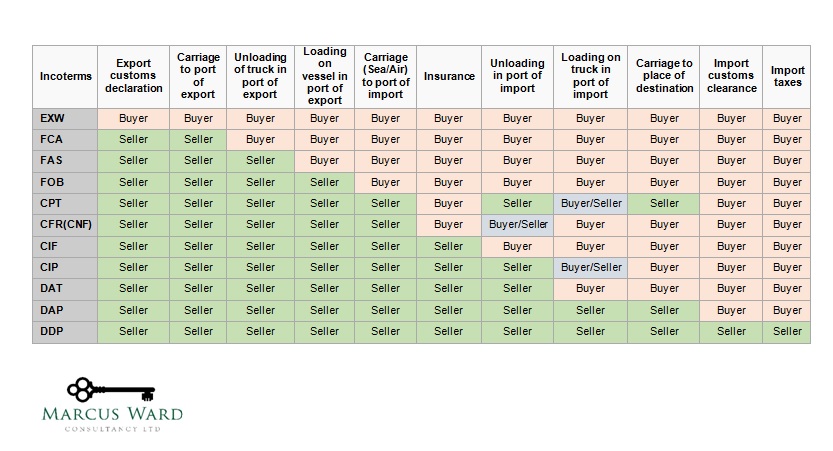Latest from the courts
In the Impact Contracting Solutions Limited (ICS) Upper Tribunal (UT) case the issue was whether HMRC had the power to cancel the VAT registration where that person has facilitated the VAT fraud of another ie; the scope of the “Ablessio” principle. It also illustrates the impact of EU cases on UK courts.
Background
ICS’s customers were temporary work agencies, and its suppliers were approximately 3,000 mini-umbrella companies (“MUCs”) which supplied labour. HMRC decided to cancel ICS’s VAT registration number with reliance on the principle in the decision of the Court of Justice of the European Union (CJEU) in Valsts ienemumu dienests v Ablessio SIA (C-527/11) (“Ablessio”). HMRC considered that ICS was registered for VAT principally or solely to abuse the VAT system by facilitating VAT fraud, and that, in such circumstances, they were empowered by the principle in Ablessio to cancel the registration. In particular, HMRC considered that the arrangements between ICSL and the MUCs were contrived, with the effect that the MUCs failed properly to account for VAT on their supplies to ICS.
ICS appealed against HMRC’s decision to cancel its registration.
The Issues
Does the principle in Ablessio apply only to a party that has itself fraudulently defaulted on its VAT obligations, or does it similarly apply to a party who has facilitated the VAT fraud of another party?
If the Ablessio principle does apply to a party who has facilitated the VAT fraud of another party, is simple facilitation sufficient, or must it additionally be proved that:
(a) the facilitating party was itself dishonest, or
(b) the facilitating party knew that it was facilitating the fraud, and/or
(c) the facilitating party should have known that it was facilitating the fraud?
The First Tier Tribunal (FTT) decided that Ablessio applies both to a party that has fraudulently defaulted on its VAT obligations and to a party who has facilitated the VAT fraud of another party. Further that simple facilitation by a party of the VAT fraud of another is not sufficient to apply the Ablessio principle. However, it is not necessary to prove that the facilitating party was itself dishonest. It must, however, be proved that the facilitating party knew or should have known that it was facilitating the VAT fraud of another party.
Decision
The appeal was rejected an the FTT’s decision was upheld. HMRC powers are not contrary to UK VAT legislation.
The application by HMRC of Ablessio is not contra legem or otherwise prohibited by the VAT legislation where it is applied to deregister a taxpayer who has either fraudulently defaulted on its VAT obligations or facilitated the VAT fraud of another party and at the relevant time has also made taxable supplies unconnected with such fraud or facilitation of fraud and which would result in a liability to be registered.
Ablessio applies to the deregistration by HMRC of a person as well as to a refusal by HMRC to register a person. It also provides for the deregistration of a person who has facilitated the VAT fraud of another, where the person to be deregistered knew or should have known that it was facilitating the VAT fraud of another.
Commentary
This decision was released this month and illustrates the ongoing influence of EU legislation and cases, “despite” Brexit
EU legislation does not, by itself, fall within the scope of retained EU law (see below). However, domestic legislation implementing EU rules forms part of EU-derived domestic legislation and is preserved in domestic law.
The VAT Act 1994 is not affected by Brexit because it is an Act of Parliament and, therefore, remains effective unless it is changed by Parliament.
Overview of the impact of EU legislation
Post-Brexit, the UK could have decided that UK courts should not be bound by EU case law. However, this would have resulted in a situation where the UK courts effectively had to begin with a blank piece of paper in deciding how a piece of retained EU law should be interpreted or applied. This approach would have resulted in considerable uncertainty for business over how retained EU law would operate. In order avoid this, section 6 of the European Union (Withdrawal) Act 2018 provides that:
- CJEU judgments made on or before 31 December 2020 are binding on UK courts
- CJEU judgments made after that date are not binding, but the UK courts are free to have regard to them, so far as they are relevant to the matter before the court.
Going forward
Helpful guidance is provided in the e-Accounting Solutions vs Global Infosys case (not a VAT case).
The Retained EU Law (Revocation and Reform) Act 2023 means that the principle of EU-law conforming construction is a corollary of the supremacy of EU law (which is abolished under Section 3 of the Act) and will therefore no longer apply from 2024.
The principles of statutory construction under English Law require a purposive interpretation of legislation, whether or not EU law principles are engaged. This involves considering the context in which the legislation was made. Depending on the legislation concerned, this process may be guided by “external aids”. External aids referred to in the judgment include Explanatory Notes and Government White Papers, and could also presumably include references to Hansard where seen as appropriate by the courts. To the extent that domestic enactments were made for the purpose of implementing EU law, the EU law position is such an “external aid” and the UK law should be construed accordingly.
Where Parliament used the same language as the Directive, one may assume that it intended to mean the same – accordingly, the CJEU interpretation of Directive-terms informs the interpretation of the UK statute.
However, the statutory language remains paramount – “external aids”, to which EU law instruments are effectively downgraded in UK law from 2024, cannot displace unambiguous statutory language in UK enactments that is inconsistent with EU law.

